Article: Sea Buckthorn: Unveiling Health Benefits, Culinary Uses & Growing Secrets
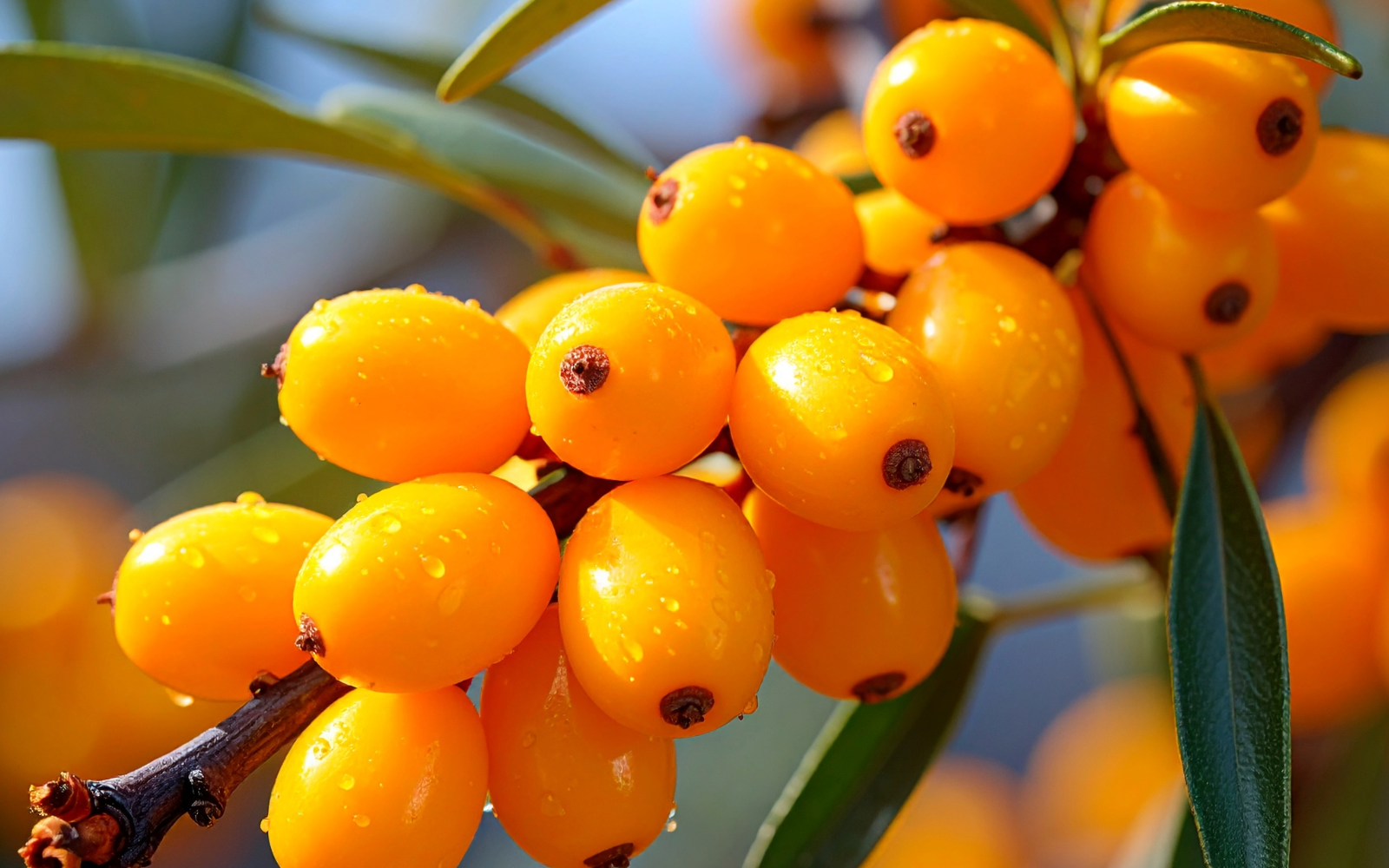
Sea Buckthorn: Unveiling Health Benefits, Culinary Uses & Growing Secrets
Have you discovered sea buckthorn yet?
From its vitamin-rich berries to its vital role in ecosystems, let’s uncover the many secrets and remarkable qualities of this natural gem. This extraordinary shrub is deserving of our full attention for its exceptional properties.
What is Sea Buckthorn?
Sea buckthorn, scientifically known as Hippophae rhamnoides, is much more than a simple shrub. It's a resilient plant, either a shrub or small tree, part of the Elaeagnaceae family.
Beyond its thorny defenses, sea buckthorn is a life force. Its berries are true nutrient-packed powerhouses, celebrated for millennia for their exceptional benefits.
Ecologically, sea buckthorn plays a crucial role by fixing atmospheric nitrogen in the soil, enriching the environment for other plant species. As a pioneer plant, it thrives in tough terrains, creating the foundation for a more diverse range of vegetation.
What Does Sea Buckthorn Taste Like?

Sea Buckthorn Pulp – A Tart, Citrusy Delight
Sea buckthorn pulp offers a sharp, citrusy flavor that instantly awakens the senses. Its vibrant aromas evoke bright citrus fruits and tropical scents, often compared to passion fruit or pineapple, with subtle hints of apricot. This signature "tart-tropical" characteristic is what makes it so unique and versatile, like in our Sea Buckthorn Pulp.
The taste may vary slightly depending on the variety, ripeness, and terroir, but that distinct tartness remains constant. When consumed raw, the fruit delivers an intense flavor. However, when processed or dried, its acidity softens, revealing more of its fruity essence, while still maintaining the invigorating bite that sets it apart from other berries.
An infusion of its leaves offers fruity, sweet notes, delicately enhanced by a hint of jasmine. Often compared to green tea for its rich, leafy character, it serves as a wonderful local, caffeine-free alternative, as found in our Dried Sea Buckthorn blend.
Origins and History: A Journey Through Time
Sea Buckthorn: A Hardy, Historical Gem
Native to an expansive region stretching from Europe to Asia, right up to the foothills of the Himalayas, sea buckthorn is a hardy shrub with a rich history that dates back to antiquity. In Asia, it has been used for over a thousand years in traditional medicine and is even said to have fortified Genghis Khan's armies.
Its natural range spans much of Eurasia’s temperate and cold zones—from the Atlantic coasts of Europe (including Great Britain, France, and Scandinavia) to China, Mongolia, Siberia, and the Himalayan regions. Interestingly, sea buckthorn is not native to Quebec, where it did not exist before European settlement.
Adaptation to New Environments
Sea buckthorn’s remarkable adaptability has allowed it to naturalize in many parts of the world, including North America. Introduced to Quebec in the 20th century, primarily by immigrant communities, it is now cultivated for its fruit and used for soil stabilization. While you can find it in plantations, sea buckthorn also thrives in disturbed environments, such as former mining sites in Abitibi, where it grows semi-wild. Despite its recent arrival, it blends seamlessly into Quebec’s landscape.
Sea Buckthorn: A Traditional Remedy with Timeless Benefits
Sea buckthorn has long been a valuable ally across cultures, prized for its versatility. Its vitamin-packed berries were traditionally consumed fresh, dried, or turned into juices and decoctions. The oil extracted from its fruits and seeds has been a go-to remedy for treating wounds, burns, and skin conditions like eczema and frostbite.
The leaves of the sea buckthorn plant were used to prepare invigorating infusions and served as nutritious fodder for livestock. Its bark was utilized to make dyes or for its astringent properties, while its dense, durable wood was crafted into small objects or used as fuel.
In traditional medicine, sea buckthorn was renowned for its ability to strengthen the body, alleviate coughs, stimulate digestion, and improve blood circulation. It was also highly valued for its positive effects on the lungs, heart, and liver.
Sea Buckthorn: A Spiritual Symbol Across Cultures
Beyond its practical uses, sea buckthorn holds deep spiritual significance in various cultures. In Tibetan medicine, it is considered a sacred fruit, symbolizing resilience and spiritual light. Its ability to thrive in harsh environments has made it a powerful symbol of inner strength.
In Greek mythology, sea buckthorn is linked to Pegasus, the winged horse, further cementing its divine image and symbolism of strength and radiance.
Sea Buckthorn: Cultivated in Cultural Traditions
Sea buckthorn has deep roots in the cultural traditions of many regions worldwide. In Russia and Nordic countries, it is a beloved ingredient in jams, syrups, and juices. In China, its use on a large scale to combat desertification highlights its ecological importance and adaptability.
The exceptional benefits of sea buckthorn gained widespread recognition in the 20th century, particularly during the 1988 Seoul Olympics, where it was chosen as the "official drink" for Chinese athletes. It also earned favor among Soviet cosmonauts, cementing its place in the global spotlight.
Decoding Hippophae rhamnoides: The Botanical Name

Understanding Sea Buckthorn: Name Origins and Botanical Identity
Navigating the world of plants means understanding their official names and common references. Let’s explore the name “Hippophae rhamnoides” and its origins.
Breaking Down the Name "Hippophae"
The genus name Hippophae comes from the Greek words hippos (horse) and phaos (light, shine). This etymology recalls the ancient practice of feeding sea buckthorn leaves to horses to improve their coat’s sheen and demonstrate their good health, making it a natural remedy revered for its restorative effects.
Where Does the Name "Sea Buckthorn" Come From?
The English name “Sea Buckthorn” likely refers to its typical coastal habitat (“Sea”) and its thorny nature (“Buckthorn”). Interestingly, it is not related to true buckthorns of the Rhamnus genus, which can be a source of confusion. The French name “Argousier” has a less clear origin, rooted more in regional usage.
It's important not to confuse sea buckthorn with the Strawberry Tree (Arbutus unedo), a Mediterranean plant with similar-sounding names but very different characteristics and a distinct texture and flavor to its berries.
Other Names for Sea Buckthorn
This resilient shrub is known by many colorful names, depending on the region. Some of its aliases include sallow thorn, sand thorn, seaberry, or even Siberian pineapple, each one evocative of its northern origins and tart flavor profile.
Sea Buckthorn: Identification and Habitat
Where can you find sea buckthorn, and how can you identify it?
Botanical Description
Sea buckthorn is a large, bushy shrub, generally standing between 1 to 5 meters tall. Under ideal conditions—moist soil and sheltered spots—it can grow as high as 10 meters, taking on a tree-like form. Its irregular shape and thorny, intertwining branches form dense thickets that highlight its rugged, wild nature.
A defining characteristic of this plant is its long, sharp thorns, which emerge from the twigs. These thorns provide effective defense, making it difficult to harvest the fruit without caution, but they also add to its untamed appearance.
The leaves of sea buckthorn are strikingly distinct. They are simple, alternate, narrow, and lanceolate (ranging from 3 to 8 cm long), with a grey-green to silvery hue on top and a paler, nearly white underside. This coloration, due to fine scaly hairs, minimizes evaporation and reflects sunlight, allowing the plant to thrive in harsh conditions.
Flowering and Fruit
Sea buckthorn flowers in early spring, often before or as the leaves begin to emerge. This plant is dioecious, meaning it has separate male and female plants. Male plants produce small, scaly catkins that release pollen, which is carried by the wind to pollinate the female flowers.
By late summer and autumn, the female plants are covered with clusters of small, ovoid or globose berries, measuring 5 to 10 mm. These berries are typically bright orange, sometimes tinged with yellow or reddish-orange, creating a striking contrast against the silvery leaves. These berries can persist on the plant even after the leaves have fallen, offering food for birds and brightening the winter landscape.
Harvesting Sea Buckthorn: Precautions and Best Practices

Harvesting Sea Buckthorn: Patience, Know-How, and Respect
Harvesting sea buckthorn requires patience, skill, and respect for the plant. Between its delicate, juicy berries and sharp thorns, the process can be tricky. Careful handling is essential to avoid damaging the fruit or getting pricked by its spiny branches!
Where Does Sea Buckthorn Grow in Quebec?
Sea buckthorn thrives in full sun and well-drained soils. It is well-suited to pioneer or disturbed environments such as sandy dunes, riverbanks, rocky slopes, arid steppes, and mountainous areas. Known for its resilience, it can withstand poor, saline, stony, or mildly polluted soils, making it a hardy colonizer of difficult terrains.
In Quebec, sea buckthorn is cultivated in regions such as Capitale-Nationale, Chaudière-Appalaches, and Montérégie, where specialized plantations have emerged. It can also be found growing semi-wild in disturbed areas like former industrial sites or along roadsides, where it was introduced for soil stabilization.
Can You Pick Wild Sea Buckthorn?
Wild harvesting is possible in its native range (Europe and Asia), but it must be done with care: harvest moderately, respect local wildlife, and follow local regulations.
In Quebec, sea buckthorn is primarily harvested in cultivated groves, known as argouseraies. If you plan to harvest in these groves, it’s crucial to obtain permission from the property owner. Supporting local and organic farms ensures better quality products and more sustainably managed resources.
What Parts of Sea Buckthorn to Harvest – and How Much?
When wild harvesting (where permitted), moderation is key. It’s typically advised to harvest no more than one-third of the fruits or leaves from any given shrub or site. This practice helps preserve resources for wildlife and ensures natural regeneration. In cultivated groves, producers manage harvest quantities carefully to maintain plant health while optimizing production.
What Tools Are Best for Harvesting Sea Buckthorn Efficiently?
Harvesting sea buckthorn is known for being complex due to its delicate berries and thorny branches. Here’s an overview of common methods and tools:
-
Manual Picking: This is the most accessible method, involving picking berries one by one. It requires thick gloves (leather or reinforced textile) to protect hands from thorns and great care to avoid crushing the berries. While this method is precise, it’s labor-intensive and best suited for small quantities.
-
Cutting Branches: Often used by producers, this technique involves cutting fruit-laden branches using pruning shears. The branches are then frozen, and once hardened, the berries can be shaken off or detached using a comb or fork.
-
Berry Combs: Specialized tools like combs, rakes, or claws can speed up the harvesting process by detaching fruits directly from the shrub. However, their effectiveness varies, and if misused, they can damage the berries or break branches.
-
Harvesting After First Frost: Waiting for the first light frosts allows the berries to detach more easily. However, repeated or heavy frosts can affect the texture and quality of the fruit. This method is typically reserved for personal harvests or when freezing isn’t feasible.
When to Harvest Sea Buckthorn Berries in Quebec?
In Quebec, the ideal harvest period for sea buckthorn is from late August to early October, depending on the region and variety. Berries are ready to be picked when they are vibrant in color and firm to the touch. Some producers may wait for the first light frost, which can make the picking process easier and slightly sweeten the berries. However, frost also makes the fruit more fragile, so care must be taken during harvest.
At What Age Does Sea Buckthorn Start Producing Fruit?
Sea buckthorn requires patience. It typically begins producing significant fruit after 3 to 7 years of growth, reaching its peak yield around the 7th year. Proper care and favorable growing conditions can help accelerate the process and enhance fruit production.
Processing Methods

How to Process Sea Buckthorn Berries?
Once harvested, berries or leaves should be processed quickly. Immediate freezing is the most common method to preserve their nutritional richness. Otherwise, several processing options exist:
-
Cold Pressing: To obtain vitamin-rich juices or purees.
-
Oil Extraction: From seeds or pulp, using cold pressing or supercritical CO₂ extraction.
-
Drying: To produce dried berries like our convenient Dried Sea Buckthorn Pulp, or powders. You can also find dried leaves and berries perfect for infusions in our Dried Sea Buckthorn.
-
Gentle Cooking: For jams, jellies, or compotes.
-
Maceration: Ideal for making syrups, vinegars, or liqueurs.
How to Dry Sea Buckthorn Berries and Leaves?
Drying is an excellent preservation method that concentrates flavours while stabilizing nutrients.
Drying Berries
-
Ideal Temperature: Between 40°C and 50°C (104°F – 122°F), using a food dehydrator.
-
Time: 12 to 24 hours, depending on berry size and air circulation.
-
Expected Result: Hard, brittle fruits ready for storage in airtight containers.
Drying Leaves
-
Natural Method: Air dry in the shade, in a dry, well-ventilated area.
-
Alternative: Use a dehydrator on a low setting for faster drying.
-
Dryness Indicator: Leaves should crack easily between fingers.
Storing Sea Buckthorn
The shelf life of sea buckthorn depends greatly on its form and storage conditions. Here’s how to best preserve its valuable properties.
Storing Fresh Sea Buckthorn Berries
Fresh berries are very delicate and should be consumed within 2 to 5 days of harvesting, kept refrigerated. Their juicy texture and high Vitamin C content require quick use to prevent degradation.
How Long Do Frozen Sea Buckthorn Berries or Juice Last?
When frozen at -18°C (0°F), whole berries or juice can be stored for 12 to 24 months, sometimes longer if the cold chain is maintained. Over time, a slight loss of flavour or nutrients may occur.
Shelf Life of Dried Products (Berries and Leaves)
Berries and leaves dried under proper conditions (away from air, light, and moisture) can maintain optimal quality for about one year. After this period, they remain edible but may gradually lose aroma and nutritional value. Our Dried Sea Buckthorn and Dried Sea Buckthorn Pulp are best stored this way.
How Long Does Sea Buckthorn Oil Keep?
-
Unopened Bottle: 1 to 2 years, if stored away from heat and light.
-
After Opening: Consume within 3 to 6 months, preferably kept refrigerated to slow oxidation.
-
Watch For: A rancid smell or bitter taste indicates oxidation.
Storing Syrups, Jams, and Other Homemade Products
-
Before Opening: Several months if the product was properly sterilized and sealed.
-
After Opening: Keep refrigerated and use within a few weeks.
-
For commercial products, always refer to the best-before date on the label or follow the company’s instructions.
How to Tell if a Sea Buckthorn Product is Still Good?
Trust your senses:
-
Unpleasant odour (especially for oil)
-
Altered appearance (mould, questionable deposits, brownish colour)
-
Changed taste
These are signs that consumption should be avoided. When in doubt, throw it out.
Factors Affecting Sea Buckthorn Quality

What Determines Sea Buckthorn Quality?
The nutritional and aromatic richness of sea buckthorn varies depending on several factors:
-
Terroir: Soil composition, altitude, and sun exposure directly influence concentrations of vitamins, fatty acids, and antioxidants. Higher altitudes, for example, may promote increased Vitamin C content.
-
Annual Climate: Temperature, sunlight, and rainfall affect the flavour profile and fruit maturity.
-
Harvest Stage: Underripe fruit is acidic and less aromatic; overripe fruit loses vitamins and is harder to handle.
-
Harvesting Method: Gentle, rapid picking followed by immediate cooling preserves berry integrity.
-
Processing Conditions: Temperature, exposure to light, and oxygen strongly influence the stability of sensitive compounds like Vitamin C or Omega-7.
What is the Best Sea Buckthorn?
The "best" sea buckthorn is one that has benefited from optimal conditions, from field to workshop: rich soil, favourable climate, harvesting at the ideal moment, and careful processing.
The result? Fruit with powerful flavour, concentrated nutrients, and true to its terroir.
When choosing a cultivar to plant at home, there's no single right or wrong choice: each variety has distinct qualities. Ideally, choose based on the desired fruit colour and taste at harvest time.
Sea Buckthorn Properties: A Powerhouse of Benefits
The Benefits of Sea Buckthorn
Sea buckthorn is an exceptional source of bioactive molecules working synergistically to enhance health. Its main properties include:
-
Rich in Vitamins C, A, and E: Stimulates immunity, supports collagen synthesis, and protects against free radicals.
-
Powerful Source of Antioxidants: Carotenoids, flavonoids, and polyphenols help combat cellular aging.
-
Unique Profile of Essential Fatty Acids: Provides Omega-3, 6, 9, and the rare Omega-7, beneficial for skin, mucous membranes, heart, and brain.
-
Anti-inflammatory and Immunomodulatory Properties: Soothes chronic inflammation and supports natural defenses.
-
Cardiovascular and Hepatoprotective Benefits: Helps regulate cholesterol, protects the liver, and improves blood circulation.
Sea Buckthorn Benefits by Category
Skin and Mucous Membrane Health
Sea buckthorn oil nourishes, hydrates, and protects the skin. It promotes healing, helps treat dryness, burns, eczema, and fights skin aging due to its antioxidant action.
Immunity and Vitality
Thanks to its richness in Vitamin C and antioxidants, sea buckthorn supports the immune system, helps prevent infections, and restores energy during periods of fatigue or stress.
Cardiovascular and Liver Health
Through its antioxidants and essential fatty acids, sea buckthorn contributes to regulating cholesterol, protecting the liver from toxins, and promoting good blood circulation.
Preparing Sea Buckthorn: Recipes and Instructions
Sea Buckthorn in All Its Forms
Dried Berries: A Nutrient Concentrate
Rich in fibre, minerals, and antioxidants, dried sea buckthorn berries retain their nutritional properties. They are easy to add to cereals, granolas, infusions, or desserts, bringing a touch of vitality. Our convenient Dried Sea Buckthorn Pulp is seedless, making it even easier for daily use.
Sea Buckthorn Infusion: A Toning Drink
Prepared from dried leaves or berries, like our Dried Sea Buckthorn, the infusion offers a subtle, vegetal, and slightly tart taste. It's valued for its toning and revitalizing effects, while supporting natural defenses. Consider also exploring blends like our Green Tea, Nettle & Black Spruce for varied herbal experiences.
How to Brew Sea Buckthorn Tea?
-
Use 1 to 2 teaspoons of dried sea buckthorn leaves/berries per cup (approx. 250 ml / 8 oz).
-
Bring water to a simmer between 90°C and 95°C (195°F – 205°F). Avoid boiling water to preserve sensitive compounds.
-
Pour hot water over the leaves in a teapot or directly into a cup using a Tea Infuser.
-
Let steep for 5 to 10 minutes. Longer steeping yields a stronger (and potentially more astringent) flavour.
-
Strain and enjoy hot.
Tip: Personalize your tea by adding mint or a slice of lemon. You can also incorporate other local plants or your favourite dried herbs. It's also possible to infuse a few fresh or dried berries in hot water for a fruitier, tarter drink, more like a light juice.
Sea Buckthorn in the Kitchen: An Exotic Touch
With its tart berries and tropical notes, sea buckthorn brings originality and freshness to recipes. Raw, it enhances salads, yogurts, or smoothies; processed, it's perfect for making juices, jellies, syrups, and jams. In savory dishes, it elevates sauces for fish and poultry.
Let’s get practical! Here are some ideas and tips for using sea buckthorn in your kitchen and wellness routines.
Recipe Ideas with Sea Buckthorn
Let your creativity flow! How can you enjoy sea buckthorn berries deliciously?
-
Boreal Boost Smoothie
Blend Sea Buckthorn Pulp with a banana, plain yogurt (or plant-based alternative), a splash of orange juice, and a spoonful of chia seeds. -
Vibrant Vinaigrette
Mix sea buckthorn juice, olive oil, a touch of maple syrup or honey, Dijon mustard, salt, and pepper. Perfect for green salads or raw vegetables. -
Tangy Sauce for Fish or Poultry
Reduce sea buckthorn juice with a bit of broth, add finely chopped shallots, a knob of butter or a touch of cream, salt, and pepper. -
Nordic Sun Muffins
Incorporate fresh or rehydrated dried sea buckthorn berries into your favourite muffin recipe, perhaps with orange zest. -
Sea Buckthorn Panna Cotta
Prepare a classic panna cotta and top it with a sea buckthorn coulis made by blending berries with a little sugar (strain if desired). -
Invigorating Cocktail or Mocktail
Mix sea buckthorn juice or syrup with sparkling water, Quebec gin (for the cocktail version), a few mint leaves, and ice.
Usage Tips and Precautions

Using Sea Buckthorn Safely and Effectively
Although sea buckthorn is a natural food with many benefits, a few tips and precautions are worth knowing for optimal and safe use.
When Should You Consume Sea Buckthorn?
The ideal time depends on your goals:
-
For Energy and Vitality
Morning, on an empty stomach or with breakfast, is excellent to leverage its toning effect and Vitamin C. Enjoy it in a morning tea blend, like our Green Tea, Nettle & Black Spruce. -
Immune Support (Prevention)
Daily intake in the morning or throughout the day during high-risk periods (winter, fatigue) is recommended. Consistency is key. -
Sports Recovery
Sea buckthorn juice or a smoothie post-exercise helps replenish energy and combat oxidative stress and inflammation. -
Digestive Aid (Tonic Effect)
A small amount before or during meals (e.g., in a vinaigrette) can gently stimulate digestion. Note: Its acidity may not suit sensitive stomachs.
How Much Sea Buckthorn Should You Consume?
There is no single recommended dose—it depends on the product form, intended benefit, and individual tolerance. Here are general guidelines:
-
Pure Juice (100%)
4 à 6 tablespoons (60–90ml) per day, pure or diluted. Start small to assess digestive tolerance. -
Syrup
1 to 3 tablespoons per day, depending on sugar content. -
Fresh or Frozen Berries
4 to 6 tablespoons (60–90 g) per day, integrated into meals.
Listen to your body and increase gradually. -
Dried Berries / Pulp
4 to 6 tablespoons per day of products like our Dried Sea Buckthorn Pulp. -
Oil (Supplement)
Follow manufacturer recommendations—typically ½ to 1 teaspoon (2.5–5 ml) per day. -
Tea / Infusion
1 to 3 cups per day using preparations like our Dried Sea Buckthorn.
Warnings Regarding Sea Buckthorn
Sea buckthorn is generally well-tolerated, but here are important precautions and potential side effects:
Possible Side Effects
-
Its acidity may cause heartburn or digestive upset, especially in sensitive individuals.
-
Its fibre content may have a laxative effect.
-
Sea buckthorn oil, though beneficial, can cause digestive discomfort in large amounts.
-
Allergic reactions are rare but possible.
Drug Interactions
-
May have mild anticoagulant or antiplatelet effects.
-
Caution is advised if you’re taking:
-
Blood thinners (e.g., warfarin)
-
Blood pressure medication (potential hypotensive effect)
-
Chemotherapy drugs
-
Hormonal contraceptives (theoretical interaction)
-
Always consult your doctor or pharmacist before regular use in these cases.
Product Quality
Choose high-quality, well-processed products to ensure safety and nutritional value.
Potential Confusion with Toxic Plants
Do not confuse sea buckthorn (Hippophae rhamnoides) with lookalikes like White Bryony or Strawberry Tree, which produce red fruits and may be toxic. Sea buckthorn itself is not considered toxic.
At-Risk Populations: Important Advice
Before using sea buckthorn regularly or for therapeutic purposes, especially if you:
-
Have a chronic illness (e.g., diabetes, kidney, or coagulation disorders)
-
Are taking medication
-
Are preparing for surgery
Consult a healthcare professional.
Self-medicating with natural products can still pose risks.
This is particularly important when using:
-
Concentrated supplements
-
Sea buckthorn oil
-
Large quantities of juice
Pregnant Women and Children
-
For pregnant or breastfeeding women, concentrated sea buckthorn products (oil, supplements) are often discouraged due to lack of safety data.
-
Moderate intake of berries in a balanced diet is likely safe, but always seek medical advice.
-
For young children, it’s best to:
-
Consult a pediatrician before regular use
-
Start with small quantities
-
Monitor for digestive tolerance
-
Boreal Sea Buckthorn: A Treasure to Discover

Sea Buckthorn: Boreal Vitality in Every Berry
Rich in Vitamin C, antioxidants, and Omega-7, sea buckthorn is more than a superfruit — it’s a concentrate of vitality, supporting immunity, skin health, cardiovascular balance, and even culinary creativity.
Resilient, luminous, and deeply rooted in northern traditions, it embodies the strength and generosity of wild nature.
Our Commitment at Floèm
At Floèm, we honour this boreal gold with respect and high standards:
-
Sustainable harvesting
-
Gentle processing that preserves nutrients
-
Full transparency from forest to table
Each product is a tribute to the boreal forest and its many gifts.
Discover our sea buckthorn and other wild northern plants at floem.ca Let nature’s resilience enrich your daily rituals.
The Quebec boreal forest is full of plant wonders! Explore our blog to uncover other captivating native species.
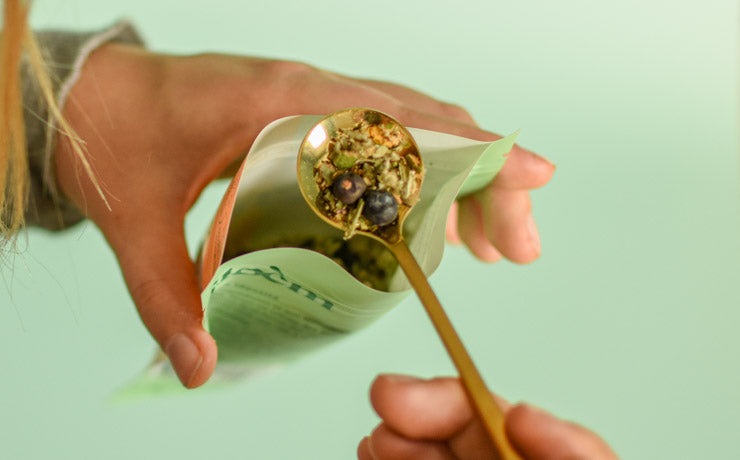

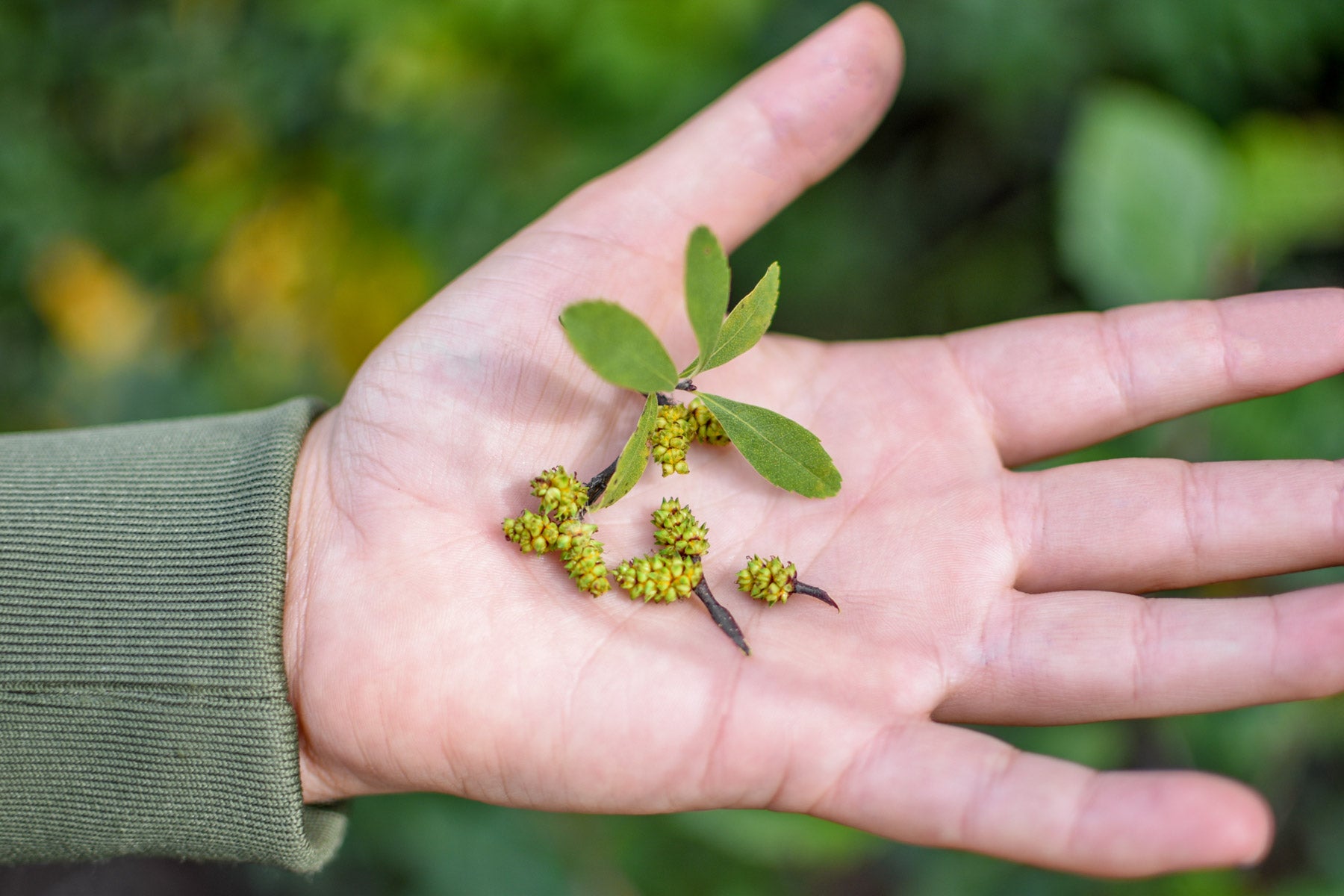




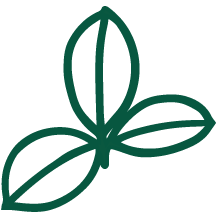

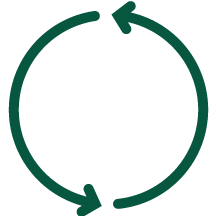
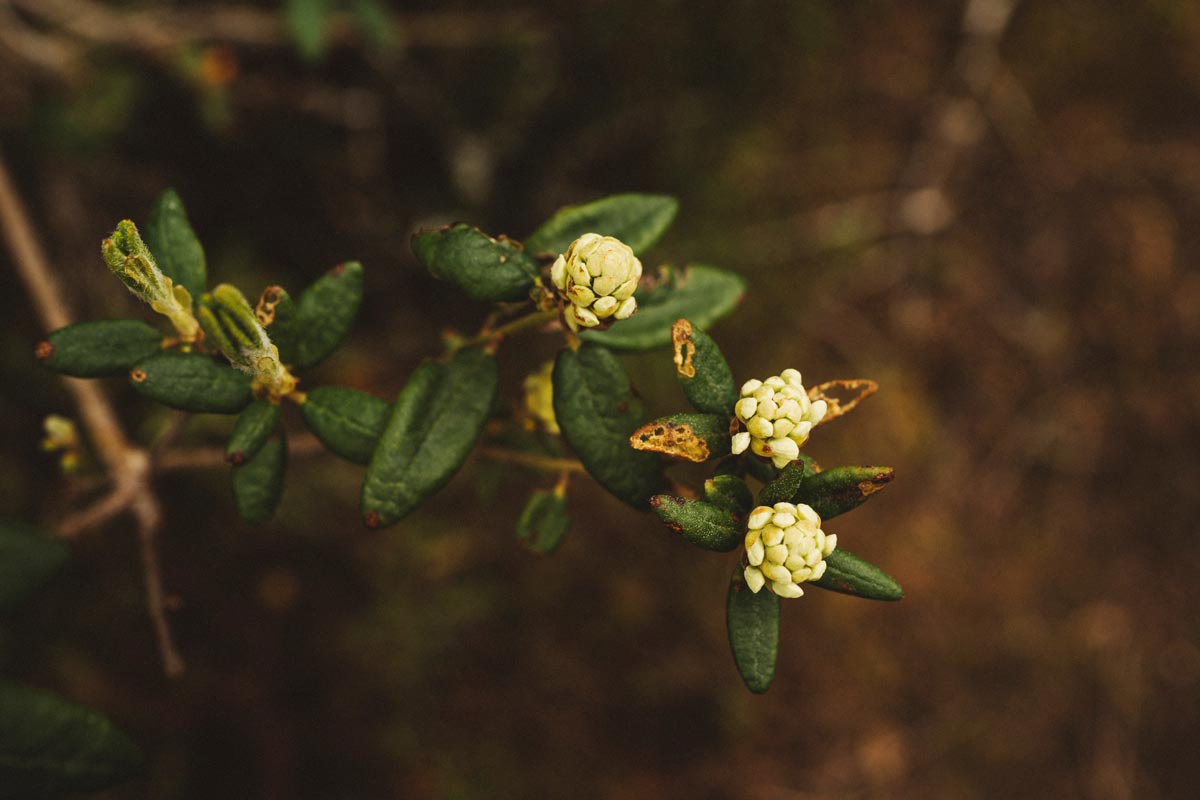
Leave a comment
This site is protected by hCaptcha and the hCaptcha Privacy Policy and Terms of Service apply.